Content Menu
● Understanding Rayon
● Properties of Rayon
● Advantages of Rayon for Swimwear
● Disadvantages of Rayon for Swimwear
● Comparing Rayon to Other Swimwear Fabrics
● Potential Uses of Rayon in Swimwear-Related Items
● Innovations in Rayon for Swimwear
● Environmental Considerations
● Care and Maintenance of Rayon Swimwear
● Consumer Considerations
● Conclusion
● Video Resources
● Frequently Asked Questions
>> 1. Q: Can rayon be used for swimwear?
>> 2. Q: What are the main advantages of rayon for beachwear?
>> 3. Q: How does rayon compare to synthetic fabrics like nylon and polyester for swimwear?
>> 4. Q: Is rayon environmentally friendly?
>> 5. Q: How should I care for rayon swimwear or beachwear?
When it comes to choosing the perfect fabric for swimwear, there are numerous options available in the market. One such fabric that often comes up in discussions is rayon. But is rayon good for swimwear? This comprehensive article will delve into the properties of rayon, its advantages and disadvantages when used in swimwear, and compare it with other popular swimwear fabrics. By the end of this article, you'll have a clear understanding of whether rayon is a suitable choice for your next swimsuit or if you should consider alternative options.
Understanding Rayon
Before we dive into the suitability of rayon for swimwear, it's essential to understand what rayon is and how it's made. Rayon is a semi-synthetic fabric that falls under the category of regenerated cellulose fibers. It's produced by dissolving cellulose, usually derived from wood pulp or cotton linters, in a chemical solution and then extruding the resulting liquid through tiny holes to form fibers. These fibers are then spun into yarns, which are used to create various types of fabrics.
Rayon was first developed in the late 19th century as an alternative to silk, and it has since become a popular fabric in the fashion industry due to its versatility and affordability. There are several types of rayon, including viscose rayon, modal rayon, and lyocell, each with slightly different properties and production methods.
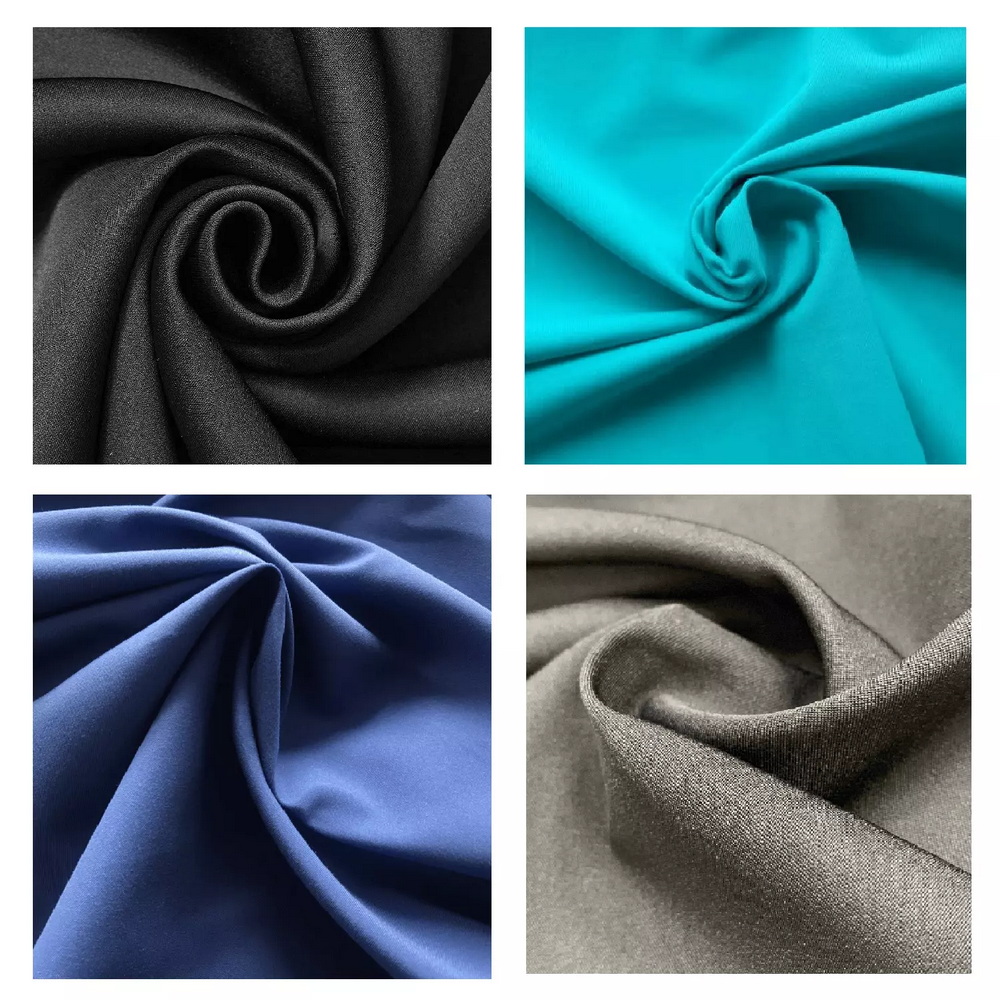
Properties of Rayon
To determine whether rayon is suitable for swimwear, we need to examine its key properties:
1. Breathability: Rayon is known for its excellent breathability. It allows air to circulate freely, which can help keep the wearer cool and comfortable in warm weather.
2. Moisture absorption: Rayon has a high moisture absorption capacity, even higher than cotton in some cases. This property can be both an advantage and a disadvantage when it comes to swimwear.
3. Softness: Rayon is renowned for its soft, silky feel against the skin, which can provide a luxurious and comfortable wearing experience.
4. Drape: Rayon fabrics have a beautiful drape, which means they flow and hang gracefully on the body. This can be particularly flattering for certain swimwear styles.
5. Durability: Compared to some other fabrics, rayon is less durable, especially when wet. It tends to lose strength and can be prone to stretching or shrinking.
6. Drying time: Rayon takes longer to dry compared to synthetic fabrics like polyester or nylon, which is an important consideration for swimwear.
7. Colorfastness: Rayon generally accepts dyes well and can produce vibrant colors. However, it may be prone to fading with prolonged exposure to sunlight and chlorine.
Advantages of Rayon for Swimwear
Now that we understand the properties of rayon, let's explore the potential advantages of using this fabric for swimwear:
1. Comfort: The soft and smooth texture of rayon can provide a comfortable wearing experience, especially for those with sensitive skin.
2. Breathability: In hot and humid conditions, rayon's breathability can help keep the wearer cool and prevent overheating.
3. Aesthetic appeal: Rayon's excellent drape and ability to take on vibrant colors make it an attractive option for fashionable swimwear designs.
4. Moisture-wicking: The fabric's high absorbency can help wick moisture away from the skin, potentially keeping the wearer feeling dry.
5. Versatility: Rayon can be blended with other fibers to enhance its properties, making it adaptable for various swimwear styles.
6. Eco-friendly options: Some types of rayon, such as lyocell, are produced using more environmentally friendly processes, appealing to eco-conscious consumers.
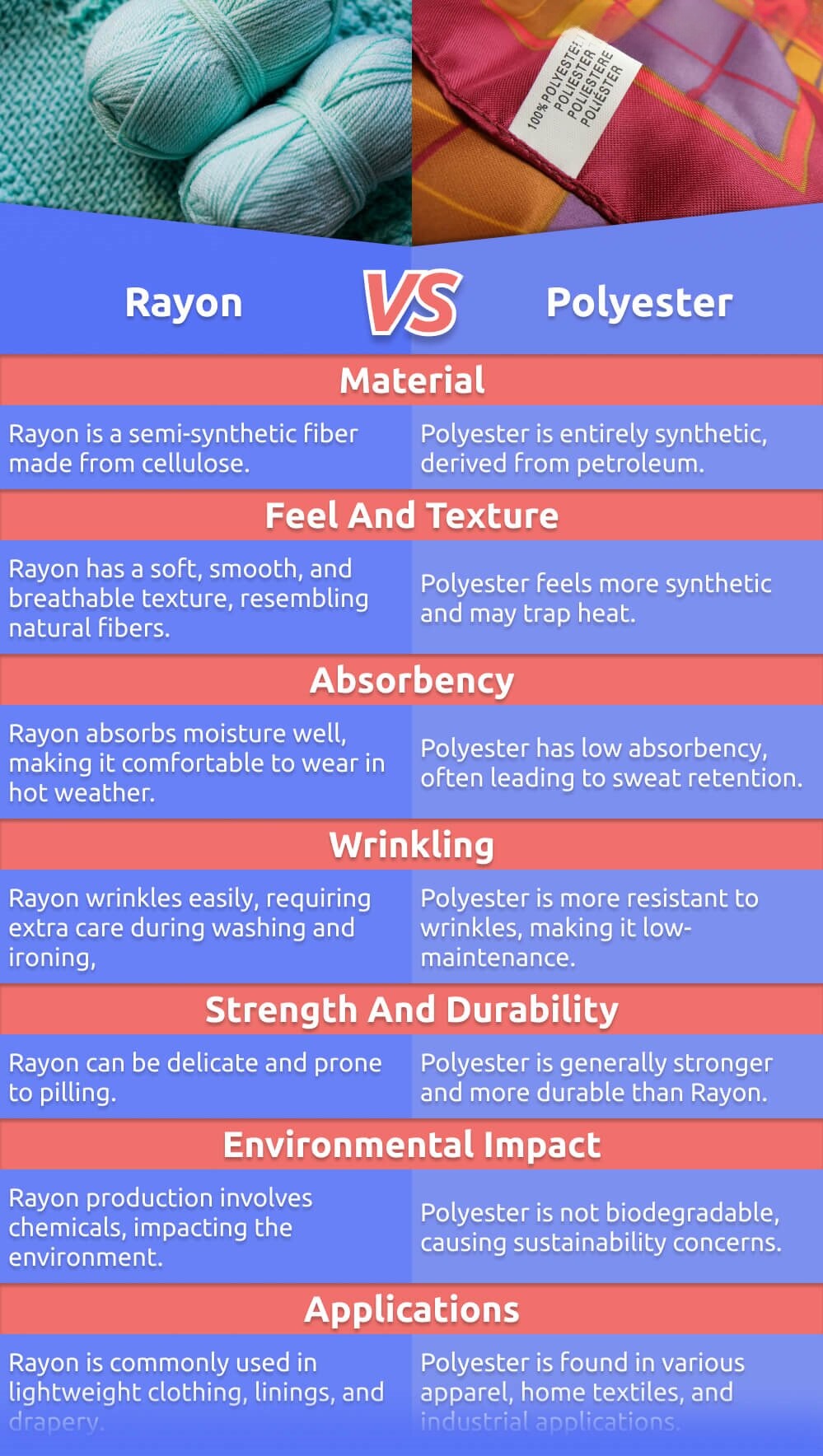
Disadvantages of Rayon for Swimwear
While rayon has some appealing qualities, it also comes with several drawbacks when used for swimwear:
1. Lack of durability: Rayon fibers weaken when wet, which can lead to stretching, misshaping, or even tearing of the swimsuit over time.
2. Slow drying: Compared to synthetic fabrics commonly used in swimwear, rayon takes longer to dry, which can be uncomfortable and impractical for frequent swimmers.
3. Shrinkage: Rayon is prone to shrinking when exposed to water and heat, which can affect the fit and longevity of the swimsuit.
4. Wrinkle-prone: Rayon tends to wrinkle easily, which may not be ideal for maintaining a sleek appearance in swimwear.
5. Chlorine sensitivity: Exposure to chlorine in swimming pools can weaken rayon fibers and cause color fading.
6. UV sensitivity: Prolonged exposure to sunlight can cause rayon to degrade and lose its strength more quickly than some other fabrics.
7. High maintenance: Rayon swimwear often requires special care, including hand washing and careful drying, which may be inconvenient for some users.
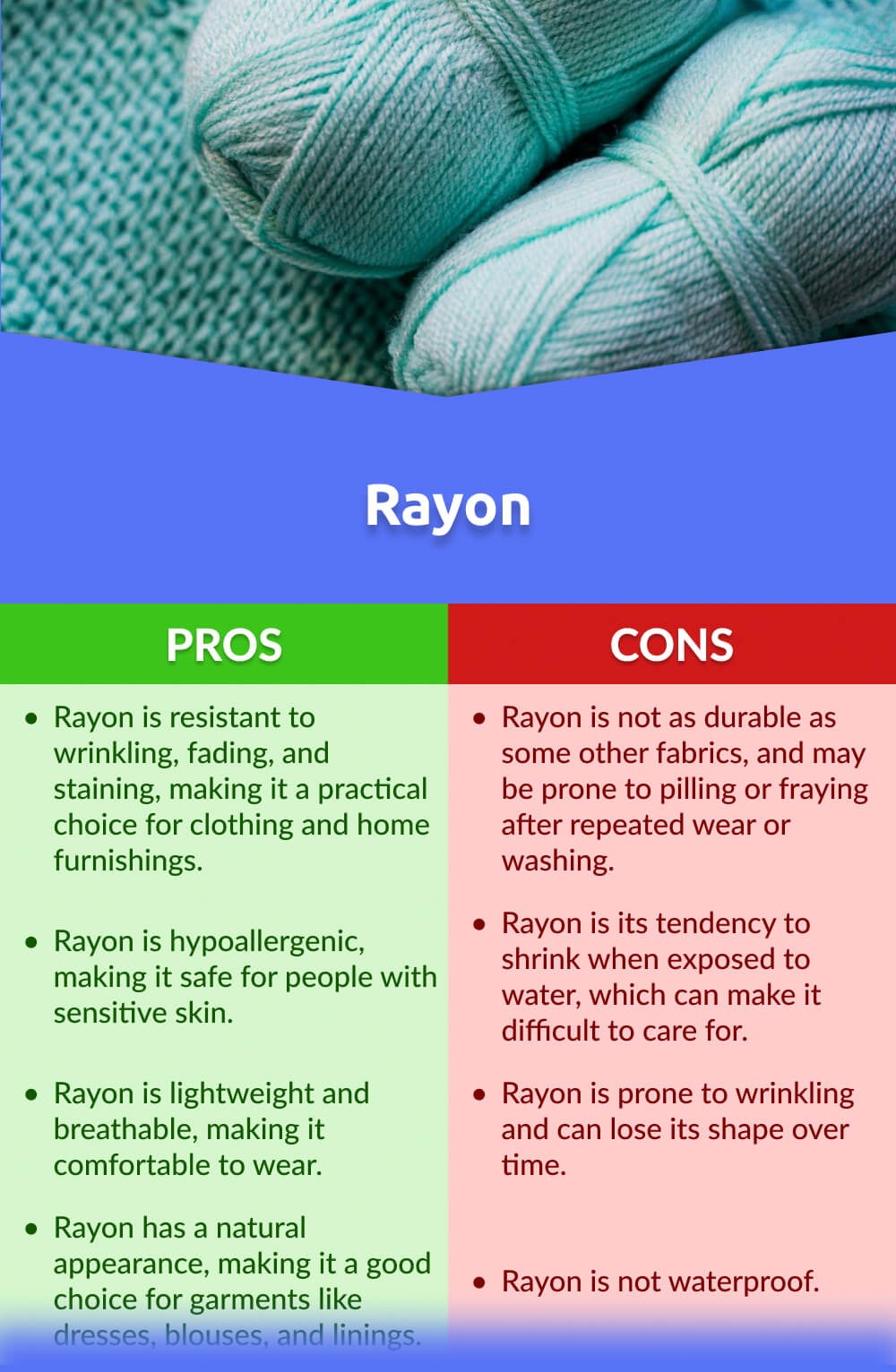
Comparing Rayon to Other Swimwear Fabrics
To better understand rayon's suitability for swimwear, it's helpful to compare it with other commonly used fabrics in the swimwear industry:
1. Nylon: Nylon is a popular choice for swimwear due to its durability, elasticity, and quick-drying properties. Unlike rayon, nylon retains its strength when wet and is resistant to chlorine and UV rays.
2. Polyester: Another synthetic fabric, polyester, is known for its excellent durability, chlorine resistance, and quick-drying capabilities. It's less prone to stretching and fading compared to rayon.
3. Spandex/Elastane: Often blended with other fibers, spandex provides excellent stretch and recovery, making it ideal for form-fitting swimwear. Rayon lacks this inherent elasticity.
4. Polyamide: Similar to nylon, polyamide offers good durability and quick-drying properties, outperforming rayon in these aspects.
5. Recycled fabrics: Many swimwear brands are now using recycled materials like ECONYL® (regenerated nylon) to create sustainable swimwear. These fabrics often combine the benefits of synthetic materials with eco-friendly production methods.
When compared to these purpose-designed swimwear fabrics, rayon falls short in several key areas, particularly in durability, quick-drying capabilities, and resistance to chlorine and UV rays.
Article: What's The Differences between Rayon And Polyester?
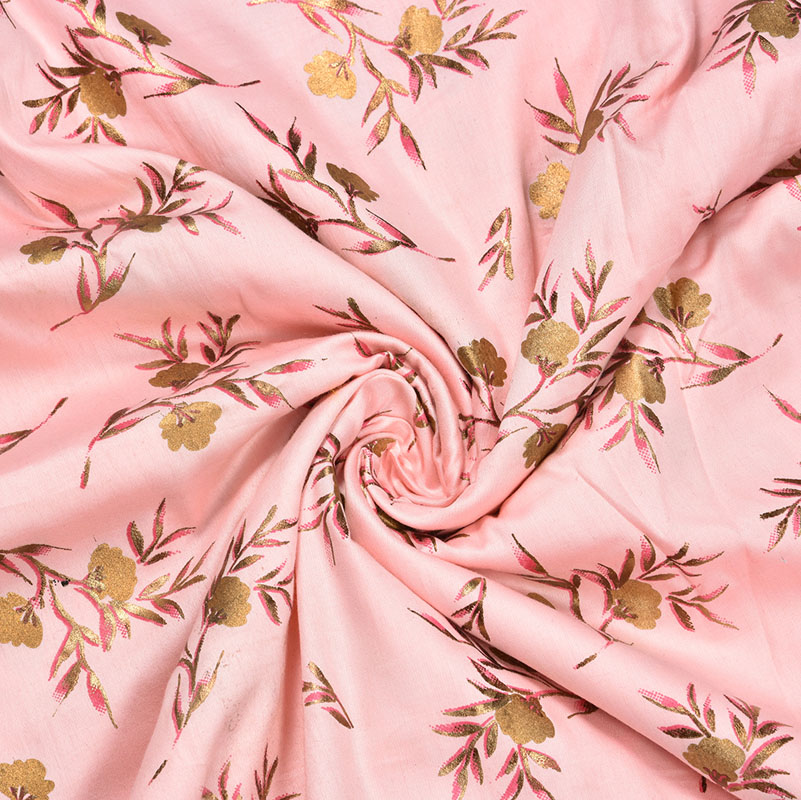
Potential Uses of Rayon in Swimwear-Related Items
While pure rayon may not be the best choice for the main body of a swimsuit, it can still find its place in the world of swimwear and beachwear:
1. Cover-ups: Rayon's breathability and soft texture make it an excellent choice for beach cover-ups or kaftans worn over swimsuits.
2. Beach dresses: The fabric's beautiful drape and comfort make it suitable for casual beach dresses or sundresses.
3. Swimwear lining: In some cases, rayon blends might be used as a soft, comfortable lining for swimsuits made from more durable outer fabrics.
4. Accessories: Rayon can be used in beach accessories like headbands, sarongs, or beach bags.
5. Lounge wear: For poolside or beach lounging, rayon garments can provide comfort and style when you're not in the water.
Innovations in Rayon for Swimwear
Despite the challenges of using traditional rayon in swimwear, textile innovations are constantly pushing the boundaries of fabric technology. Some developments that might make rayon more suitable for swimwear in the future include:
1. Blended fabrics: Combining rayon with more durable and quick-drying fibers like polyester or nylon can create fabrics that balance comfort with performance.
2. Improved finishing techniques: Advanced treatments and finishes could potentially enhance rayon's resistance to water, chlorine, and UV rays.
3. Sustainable rayon production: As eco-friendly manufacturing processes for rayon improve, it may become a more attractive option for sustainable swimwear lines.
4. Nanotech enhancements: Nanotechnology could potentially be used to modify rayon fibers, improving their strength and water-resistant properties.
Environmental Considerations
When choosing fabrics for swimwear, it's important to consider the environmental impact. While rayon is derived from natural cellulose, its production process often involves the use of chemicals that can be harmful to the environment if not properly managed. However, some types of rayon, such as lyocell, are produced using more eco-friendly closed-loop systems that recycle water and solvents.
On the other hand, many synthetic fabrics used in swimwear, like polyester and nylon, are derived from petroleum and are not biodegradable. However, advancements in recycled and recyclable synthetic fabrics are making these options more sustainable.
When considering the environmental impact, it's essential to look at the entire lifecycle of the swimwear, including production, use, and disposal. Durability plays a crucial role in sustainability, as longer-lasting swimwear reduces the need for frequent replacements.
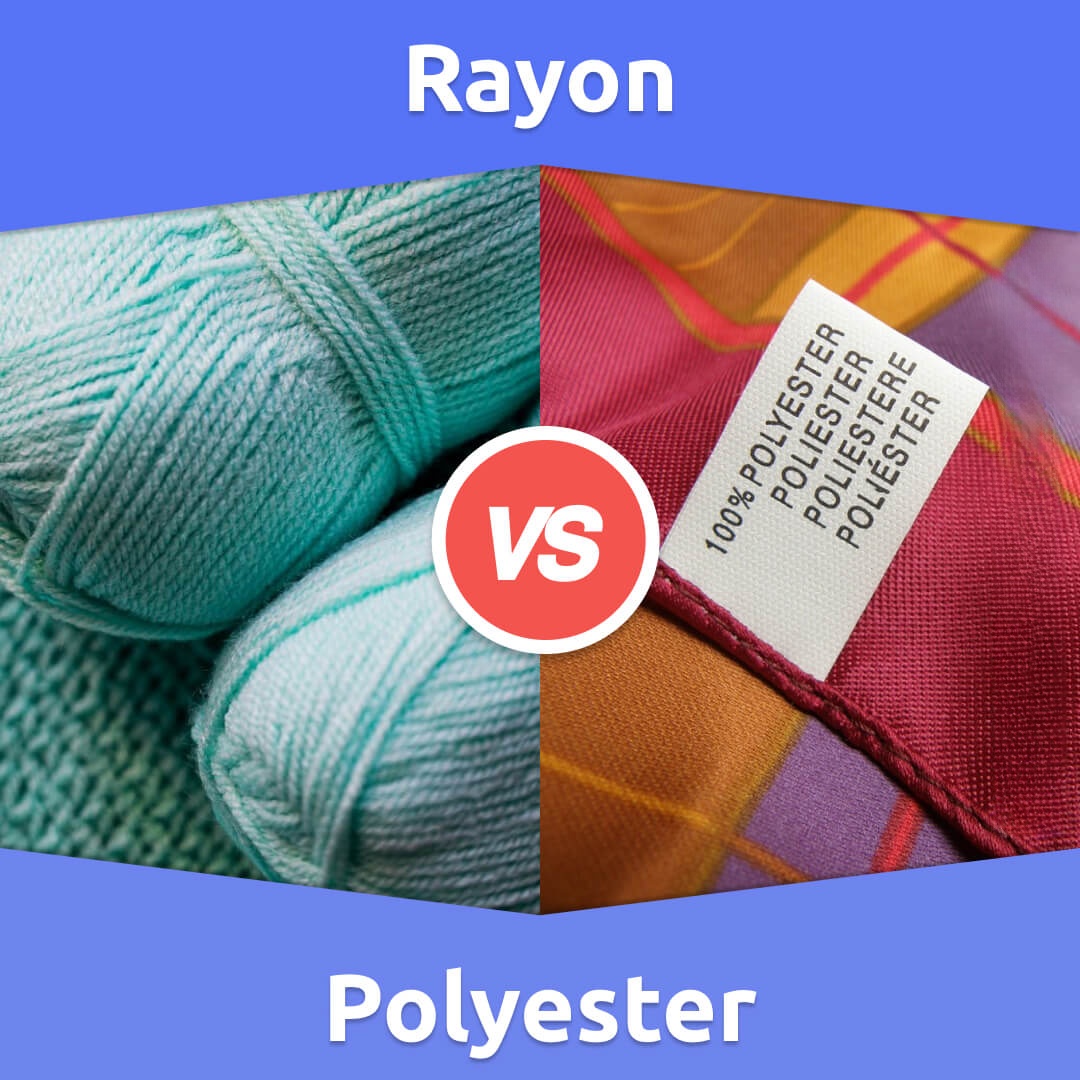
Care and Maintenance of Rayon Swimwear
If you do choose to purchase swimwear made with rayon or rayon blends, proper care is essential to maintain its quality:
1. Hand wash in cool water using a mild detergent.
2. Avoid wringing or twisting the fabric; instead, gently squeeze out excess water.
3. Lay flat to dry away from direct sunlight.
4. Store in a cool, dry place to prevent mildew growth.
5. Avoid exposure to chlorine and other harsh chemicals when possible.
6. Consider using a fabric conditioner to help maintain softness and reduce wrinkling.
Consumer Considerations
When shopping for swimwear, consider the following factors to determine if rayon-based options are right for you:
1. Intended use: If you're looking for a swimsuit for occasional use or primarily for lounging, rayon blends might be suitable. For frequent swimming or water sports, more durable fabrics are recommended.
2. Personal comfort preferences: If softness and breathability are your top priorities, rayon might be appealing. However, weigh this against the potential drawbacks in performance and durability.
3. Maintenance willingness: Consider whether you're willing to put in the extra care required for rayon swimwear.
4. Style and design: Rayon's drape can create beautiful, flowing designs that might be perfect for certain swimwear styles.
5. Budget: While rayon itself is often affordable, the potential need for more frequent replacements should be factored into your decision.
6. Environmental concerns: Research the specific type of rayon used and the brand's sustainability practices if eco-friendliness is important to you.
Conclusion
In conclusion, while rayon has some appealing properties such as softness, breathability, and beautiful drape, it is generally not considered the best choice for swimwear. Its lack of durability when wet, slow drying time, and sensitivity to chlorine and UV rays make it less suitable for the demands of swimwear compared to purpose-designed synthetic fabrics like nylon, polyester, or their recycled counterparts.
However, rayon can still play a role in the broader world of beachwear, particularly in cover-ups, beach dresses, and accessories. As textile technology advances, we may see innovations that address some of rayon's shortcomings, potentially making it a more viable option for swimwear in the future.
Ultimately, the choice of swimwear fabric depends on individual needs, preferences, and intended use. While pure rayon swimwear may not be the most practical choice for most swimmers, rayon blends or rayon-based beach accessories can still offer comfort and style for your beach or pool outings.
When selecting swimwear, it's essential to consider factors such as durability, quick-drying properties, chlorine and UV resistance, and overall performance in water. By weighing these factors against your personal preferences and intended use, you can make an informed decision about whether rayon-based swimwear is right for you or if you should opt for more traditional swimwear fabrics.
Video Resources
1. How to Choose Swimsuit Fabric
2. The Ultimate Guide to Swimwear Fabric (Part 1)
3. 3 Important Types Of Rayon Fabric
Frequently Asked Questions
1. Q: Can rayon be used for swimwear?
A: While rayon can be used in swimwear-related items like cover-ups and beach dresses, it's generally not recommended for the main body of swimsuits due to its lack of durability when wet, slow drying time, and sensitivity to chlorine and UV rays.
2. Q: What are the main advantages of rayon for beachwear?
A: The main advantages of rayon for beachwear include its softness, breathability, excellent drape, and ability to take on vibrant colors. These properties make it comfortable and stylish for beach cover-ups and casual wear.
3. Q: How does rayon compare to synthetic fabrics like nylon and polyester for swimwear?
A: Compared to nylon and polyester, rayon is less durable when wet, takes longer to dry, and is more sensitive to chlorine and UV rays. Synthetic fabrics generally perform better in these areas, making them more suitable for swimwear.
4. Q: Is rayon environmentally friendly?
A: The environmental impact of rayon depends on the production process. Traditional rayon production can involve harmful chemicals, but some types like lyocell are produced using more eco-friendly methods. However, rayon is biodegradable, unlike many synthetic fabrics.
5. Q: How should I care for rayon swimwear or beachwear?
A: Rayon requires gentle care. Hand wash in cool water with mild detergent, avoid wringing or twisting, and lay flat to dry away from direct sunlight. Store in a cool, dry place and avoid exposure to chlorine when possible.




































































